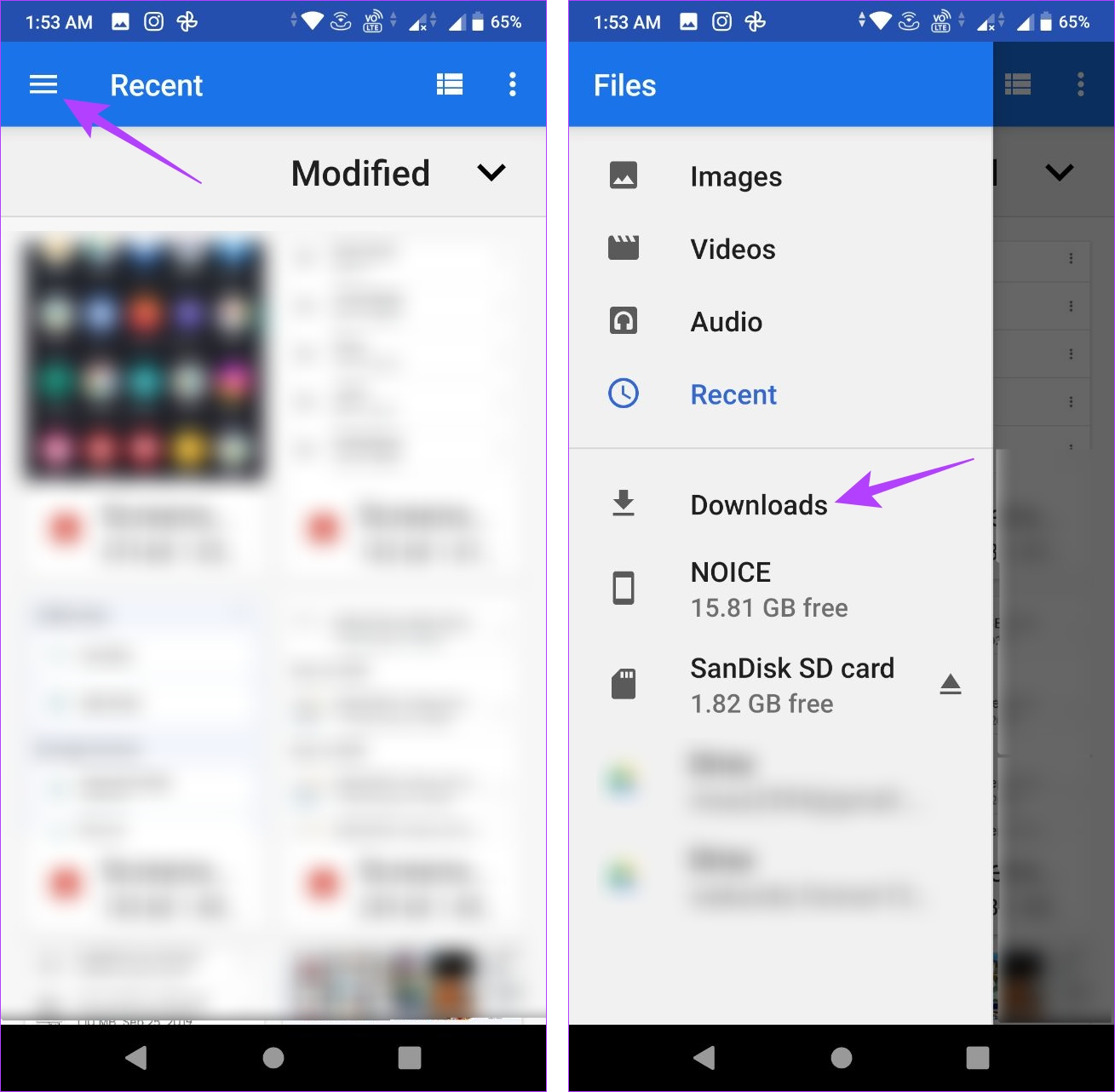Locating downloaded documents on your Android gadget can be a challenge. Easily, your phone can rapidly come to be littered with pictures, videos, screenshots, and other documents. To maximize area on your device, it's essential to keep track of where your downloads are saved. In this manner, you can quickly identify and erase unneeded data.

If you're having trouble finding a crucial data that appears to have actually vanished right into thin air, fear not! This guide is right here to aid you track it down and obtain your Downloads folder in order. Whether you're a honored owner of among the premier Google Pixel phones or another Android gadget, we'll reveal you how to promptly locate your downloads and keep them neatly organized.
Discover your downloads with the default data supervisor
Each smartphone producer may use a somewhat various built-in Android app for file administration, yet your experience should be similar. If you possess a Samsung phone, describe our tutorial, which shows how to discover downloads on your Samsung Galaxy phone.
Similar to other preferred operating systems, Android has a assigned Downloads folder for storing documents. To locate your downloaded and install data on your gadget, follow these steps:
1. Open up the Documents or My Data application from the home screen or application drawer.
2. Search for a area called Downloads.
3. Touch it to view the documents you downloaded.
Make use of the Documents by Google application for your downloads
A number of Android file supervisor applications on the Google Play Store permit you to find your downloaded and install files. Documents by Google is one of the very best alternatives if you do not want to handle difficult UIs. It's also a great replacement for any type of default documents manager app preinstalled on your tool.
4. Open up the Documents application.
5. Select the Browse tab near the bottom.
6. Faucet Downloads.
7. Select the Download and install tab to see the documents because folder.
Situate your downloads manually
If you're not able to locate the Downloads folder on the main web page of your file supervisor application, try accessing your phone's internal storage space rather. Right here's a detailed guide on just how to do it:
1. Open the Files application.
2. Select the Browse tab at the bottom.
3. Scroll down and most likely to Inner storage space.
4. Tap the Download and install folder.
Move your downloads to an additional location
Relocating files away from the Downloads folder is valuable for numerous reasons, specifically for data containing exclusive or personal info. Putting these data right into their folder maintains them safe and makes it challenging to remove them unintentionally. It additionally prevents them from obtaining buried and combined with the various other random files you download and install.
1. Open the Files app.
2. Navigate to your Download folder.
3. Tap the three-dot menu to the right of any file.
4. Choose the Move to option.
5. Tap Internal storage at the bottom.
6. Select any location or folder.
7. Tap Move here to transfer the file to that location.
You can also use the Copy to option and paste these files to another location. This allows you to create as many duplicates as you want without removing the original files from your Download folder.
View the exact location of your downloadsM/b >
You may want to see the location of the Download folder for various reasons from time to time. Tap the three-dot menu next to one of your downloaded files and go to File here info. The/ storage/emulated/0/ Download path is the default for many modern Android devices. Some third-party web browsers might save files to a different folder, but this should be the location for most downloads.
Managing your downloads is easier than you think
The Files app by Google is an excellent choice for those who appreciate a straightforward file management solution. With its user-friendly interface and simple features, this app effectively categorizes your files into different types such as downloads, images, videos, and audio. Additionally, it provides the option to remove unnecessary files.
Speaking of tidying up, you can free up more storage space by learning how to delete unwanted WhatsApp media files. You can install an SD card on some Android devices if you're still short on space.